- Volume 62 , Number 3
- Page: 412–27
Reflections on the International Leprosy Congresses and other events in research, epidemiology, and elimination of leprosy
THE FIRST ERA THE SCIENTIFIC ERA BEGINS
1873
The scientific era of leprosy began in 1873 when Gerhard Armauer Hansen (Fig. 1) published his observation of Mycobacterium leprae in materials from leprosy patients.1The principal opposition to Hansen's view that leprosy was an infectious disease came from Daniel Cornelius Daniclssen (his father-in-law) (Fig. 2) and Carl Wilhelm Boeck (Fig. 3) in "Traité de la Spedalskhed ou Elephantiasis des Grecs" (Fig. 4)2 who considered it a hereditary disease. This book was the standard reference book on leprosy from 1848 until the death of Danielssen in 1895.
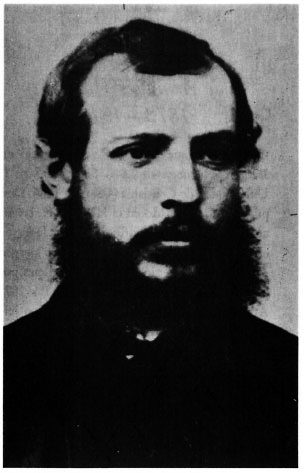
Fig. 1. Gerhard Armauer Hansen.
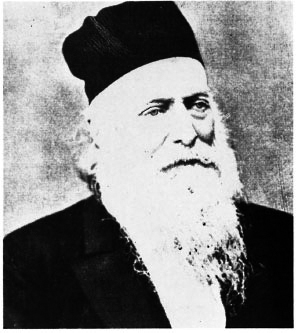
Fig. 2. Daniel Cornelius Danielssen.
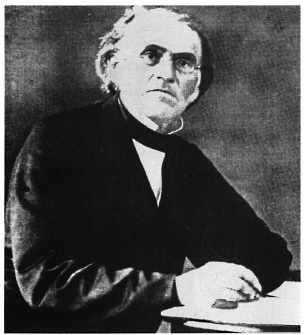
Fig. 3. Carl Wilhelm Boeck.
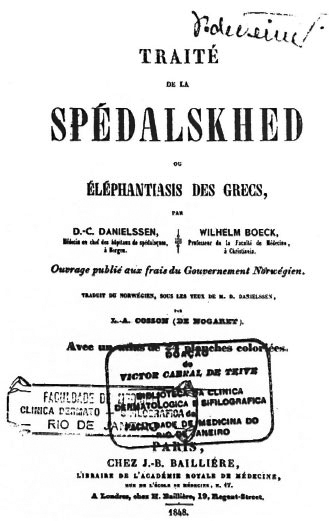
Fig. 4. Title page of 1848 book by Danielssen and Boeck.
1897
The I International Conference about Leprosy was held in Berlin.3Rudolf Virchow (Fig. 5) is President; Hansen and Lassar are Vice-Presidents. There were 180 participants at the Congress. William II, Emperor of Germany and King of Prussia, with the Empress, gave a reception at the new palace at Potsdam, and both personally greeted each member of the Congress. The first resolution of the Congress was to create an international society against leprosy. A resolution was put forth to follow the experience of Norway in compulsory isolation of patients. Hansen explains that in 1856 there were 2839 patients and following the policy of isolating known cases the numbers of patients had decreased to 321 by 1895. Leprosy is considered a disease produced by a microorganism; it is not hereditary; and it is possible to prevent it.4Schafer established that a leprosy patient, when speaking, sends up to 150,000 bacilli into his environment at a distance of 1.5 meters.
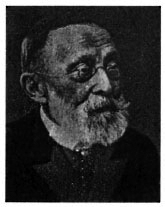
Fig. 5. Rudolf Virchow.
1909
The II International Conference about Leprosy was held in Bergen (Fig. 6). G. A. Hansen is the President. Segregation of leprosy patients is still recommended as well as mandatory reporting of new cases. Marriage of leprosy patients is allowed only after vasectomy.
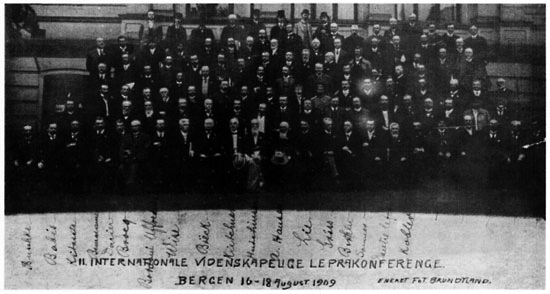
Fig 6. II International Congress, Bergen, 1909.
1923
The III International Conference about Leprosy is held in Strasbourg. The President is Edouard Jeanselme (Fig. 7). It was felt that the segregation of patients has to be humanitarian and has to allow the leprosy sufferers to be near their families, if this is compatible with an efficient treatment.
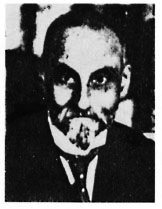
Fig. 7. Edouard Jeanselme.
1926
After long discussions on language priority, it is decided that a leprosy journal would be established. Lepra (Biblioteca Intemationalis), and that it would be published in Manila (Hans Peter Lie and Herbert Windsor Wade, Figs. 8 and 9, respectively) and also in London, New York and Paris. Among the contributing editors of Lepra was Pedro Luis Baliña of Argentina (Fig. 10). A Societé Internationale de Leprologie is founded. The President is E. Jeanselme; the Vice-President is Victor George Heiser (Fig. 11). Among the ten Honorary Presidents is Maximiliano Aberastury of Argentina (Fig. 12).
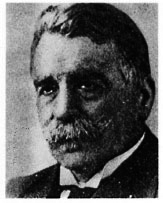
Fig. 9. Herbert Windsor Wade.
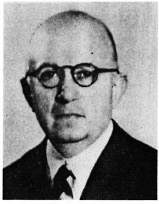
Fig. 10. Pedro Luis Baliña

Fig. 11. Victor George Heiser.

Fig. 12. Maximiliano Aberastury.
1931
The International Leprosy Association (Fig. 13) is founded with new bylaws in Manila. The President is V. Heiser; the Secretary is Robert Greenhill Cochrane.

Fig. 13. Insignia of the newly formed International Leprosy Association.
1934
"La Lépre" by E. Jeanselme was the last book of leprology which was predominantly francophone (Fig. 14).
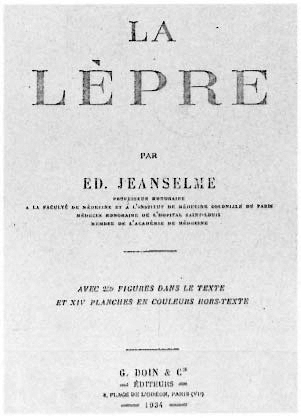
Fig. 14. Title page of 1934 Jeanselme book
1938
The IV International Congress of Leprosy was held in Cairo (Fig. 15). King Farouk opens the sessions. Egypt is the country that provides the seeds of chaulmoogra, the only therapy of leprosy for centuries. The Indian European classification faces the South American classification with its indeterminate clinical form. The approved clinical forms are L1, L2, L3, N1, N2, N3.
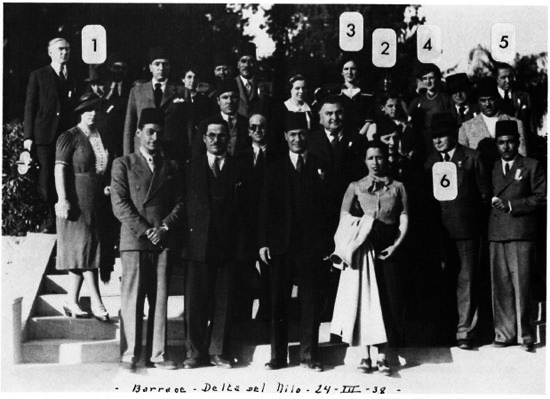
Fig. 15. IV International Congress, Cairo, 1938. Included in this picture of some attendees are the Argentinians J. M. Fernandez (1), Mrs. J. M. Fernandez (2), Mrs. G. Basombrio (3), Mrs. P. Balinã (4) [in front and to her right, her son, Luis M. Balifia], G. Basombrio (5) and Dr. Migone (6) of Paraguay.
1939
Jose Maria Manuel Fernandez (Fig. 16) publishes the "Princeps" paper about BCG in leprosy.5He recommends that leprosy contacts who are anergic to leprolin be vaccinated with BCG in an effort to prevent the disease. He points out that the Mitsuda reaction can be positive in individuals who have not been exposed to M. leprae and, in that sense, is not specific for leprosy.
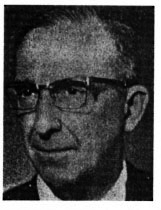
Fig. 16. Jose Maria Manuel Fernández:
1947
Cochrane's first edition of "Leprosy in Theory and Practice" becomes the standard reference book on leprosy (Fig. 17).
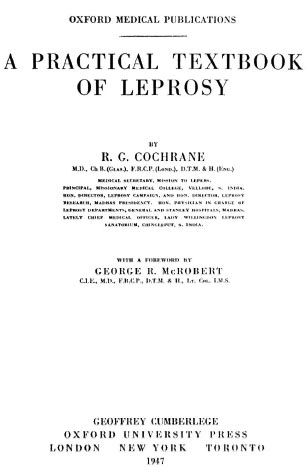
Fig. 17. Title page of 1947 Cochrane standard reference book on leprosy.
THE SECOND ERATHE AGE OF CHEMOTHERAPY
1948
The V International Congress of Leprosy was held in Havana6(Fig. 18). The President of the Congress was A. Oteiza Seticn, and the President of the International Leprosy Association was H. W. Wade. With the discovery of sulfones7 by Guy Henry Fagct, et al. (Fig. 19) at Carville, leprosy enters the age of chemotherapy. Stanley Stein (Fig. 20), The Star's founder/editor, starts a unique campaign at Carville to promote an educated public opinion about Hansen's disease (HD).
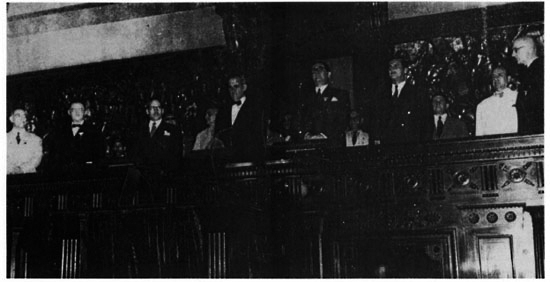
Fig. 18. V International Congress, Havana, 1948.
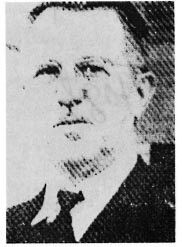
Fig. 19. Guy Henry Faget.
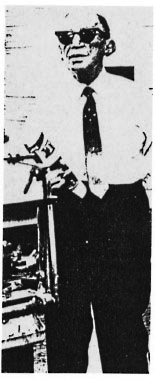
Fig. 20. Stanley Stein.
1953
The VI International Congress was held in Madrid8 (Fig. 21). The President International Leprosy Association was H.W. Wade. The Coordinator of the local Commission was Felix Contreras Dueñas(Fig. 22). Thiosemicarbazone appears as asecond chemotherapy agent. 13CG is recommended. Leprosaria have to be replacedby outpatient clinics. The official classification which was approved is indeterminate, tuberculoid, dimorphous, and lepromatous.
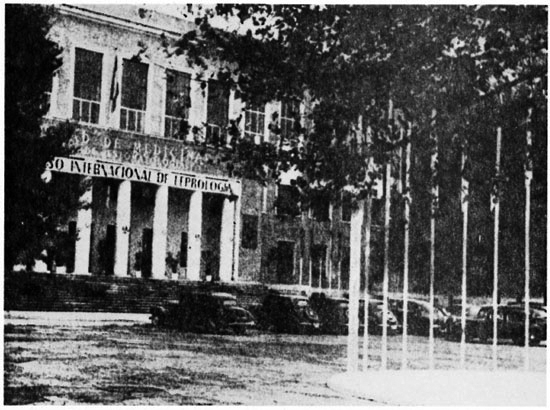
Fig. 21. VI International Congress, Madrid, 1953.

Fig. 22. Felix Contreras Dueñas.
1958
The VII International Leprosy Congress was in Tokyo9 (Fig. 23). It is necessary to end the practice of compulsory isolation of leprosy patients and to avoid the institutionalization of patients' children. J. M. Fernandez,5 President of the International Leprosy Association, explains his early passion for BCG and the inter-relationship of leprosy and tuberculosis (Fig. 24).
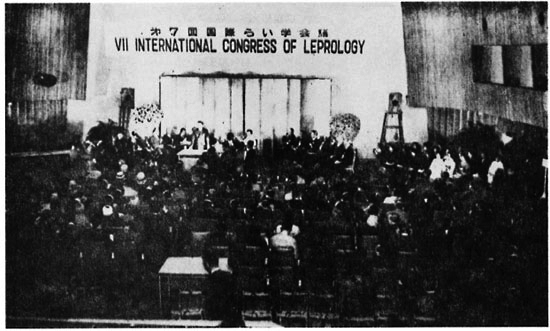
Fig. 23. VII International Congress, Tokyo, 1958.
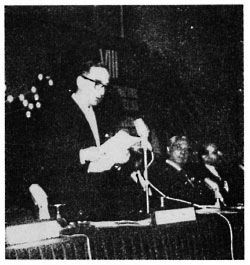
Fig. 24. Fernandez explains his theory of the interrelationship of leprosy and tuberculosis at the Tokyo Congress.
1960
Charles C. Shepard (Fig. 25) reports the multiplication of M. leprae in the mouse foot pad.10
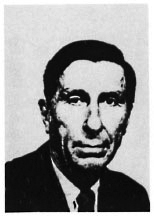
Fig. 25. Charles C. Shepard.
The VIII International Leprosy Congress was held in Rio de Janeiro11 (Fig. 26). Leprosy isto be considered a disease like all others. The term "leper" has to be eliminated. Social rehabilitation has to be done in the patient's home by an interdisciplinary medical and paramedical team inspired by the leprologist. John H. Hanks considers M. leprae a challenge because Koch's postulates have not been fulfilled.
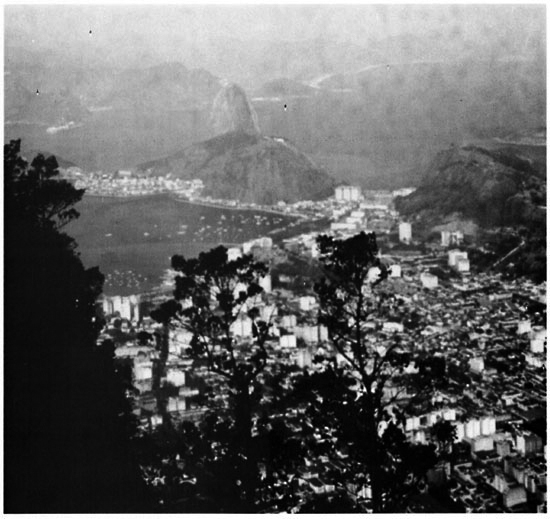
Fig. 26. VIII International Leprosy Congress, Rio de Janeiro, 1963.
1966
Dennis S. Ridley and William H. Jopling put forth a classification12,13 for research purposes: LL, LI, BL, BB, BT, TT (and Indeterminate) or L.L., L.I., B.L., B.B., B.T., T.T. (and Indeterminate).
THE THIRD ERAPHYSICAL, PSYCHOLOGICAL,SOCIAL, AND ECONOMICREHABILITATION
Jacob Sheskin reports thalidomide is effective in type 2 leprosy reactions (erythema nodosum leprosum).14
The IX International Leprosy Congress was in London (Fig. 27). Paul Brand (Fig. 28) made the point that physical rehabilitation is now a "must" in leprosy treatment. In the field of psychological rehabilitation, Oliver W. Hasselblad points out that prejudice is worse than ignorance. Thomas F. Frist performed exemplary work with SORRI on labor, economic and social rehabilitation while at Bauru, Brazil. Important news about the inoculation of M. leprae in the thymectomized and irradiated mouse is given by Richard J. W. Rees.15 Shepard16 determines the efficacy of drugs and evaluates therapies in the foot pads of normal mice.
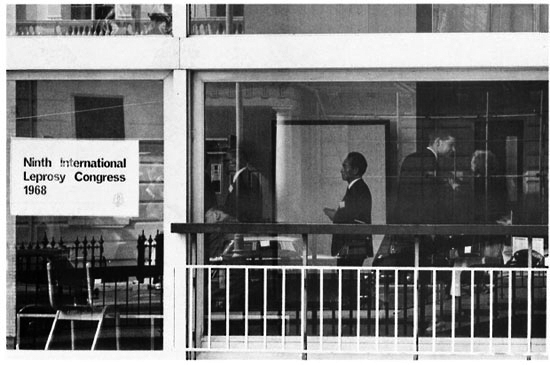
Fig. 27. IX International Leprosy Congress, London, 1968.

Fig. 28. Paul W. Brand.
1971
The armadillo (Fig. 29) is reported to be susceptible to disseminated infection with leprosy bacilli by Waldemar F. Kirchheimer and Eleanor E. Storrs .17
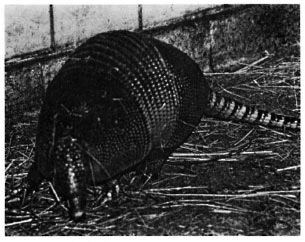
Fig. 29. The armadillo ( Dastpus novemcinctus ).
1973
The X International Leprosy Congress is in Bergen18(Fig. 30). One hundred years after the discovery of M. leprae, the armadillo is presented as an animal model that is affected more seriously than human beings (Storrs). With the introduction of rifampin and clofazimine, multidrug therapy(MDT) is born. And with thalidomide(Sheskin), type 2 leprosy reaction (erythemanodosum leprosum) now has an effective treatment.
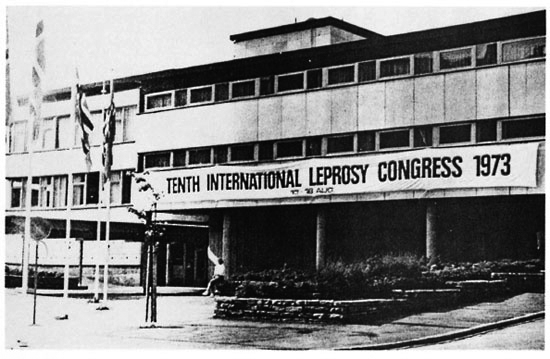
Fig. 30. X International Congress, Bergen, 1973.
1975
Chapman Hunter Binford (Fig. 31) re-counts a century of research for an experi-mental model for leprosy.
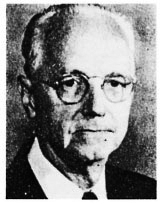
Fig. 31. Chapman Hunter Binford.
1978
The XI International Leprosy Congress isheld in Mexico (Fig. 32). The President of the International Leprosy Association is Jacinto C. Convit.19 Leprosy, perhaps for the first time, is entering into the mainstream of medical research. In immunology, for instance, viable BCG plus heat-killed M. leprae is useful for leprosy patients and their contacts (Convit). The rights of the children of leprosy patients to have a normal life was expressed once more.20

Fig 32. XI International Congress, Mexico City, 1978.
1984
The XII International Leprosy Congress is in New Delhi (Fig. 33). Important Indian research work is recognized. The ICRC and the "'Mycobacterium w" vaccines are promising. Mother Teresa (Fig. 34) asks the members of the Congress to cure patients and to pray for them. Mahatma Gandhi (Fig. 35) was very fond of nursing leprosy patients. On one occasion he was invited to speak at the inauguration of a new hospital for leprosy patients, and he expressed his feeling that he would be much happier if he had been invited to the closure of a leprosy hospital. Now the Gandhi Leprosy Memorial continues his work.
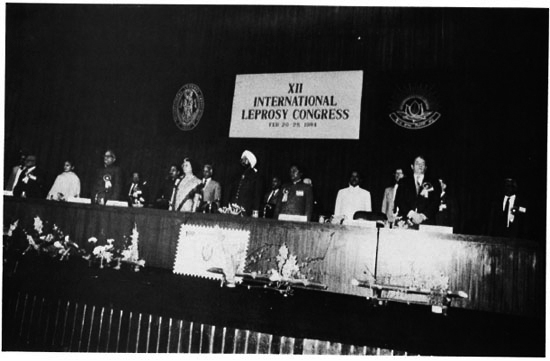
Fig 33. XII International Congress, New Delhi, 1984.
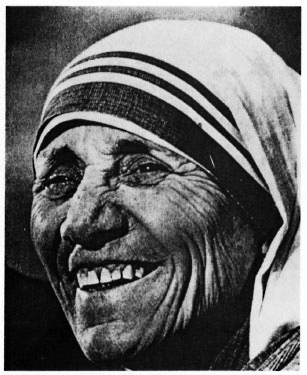
Fig. 34. Mother Teresa.
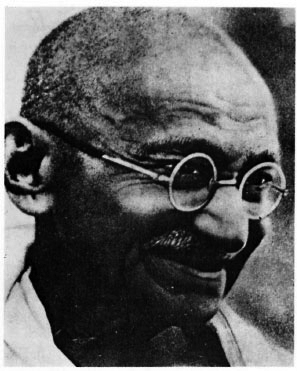
Fig. 35. Mahatma Gandhi.
1985
Robert C. Hastings's edition of "Leprosy" becomes the new reference book to study the disease (Fig. 36).

Fig. 36. Tide page for "Leprosy," edited by Robert C. Hastings.
1987
M. M. Gimenez (Fig. 37) and R. Waisman21-24 report bacillemia in leprosy patients, contacts, and healthy medical and paramedical workers.
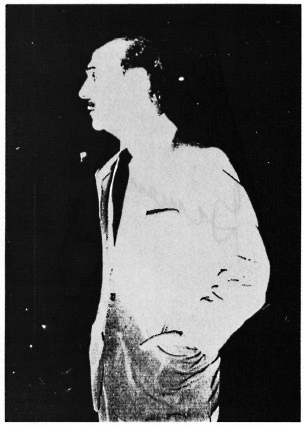
Fig. 37. M. M. Gimenez.
1989
The XIII International Leprosy Congress is in The Hague (Fig. 38). The President of the International Leprosy Association is Michel F. Lechat (Fig. 39). BCG is considered a useful tool in the prevention and treatment of leprosy, probably even more useful than in tuberculosis. There is a vast amount of experience with BCG, the vaccine having been administered to 2 billion people worldwide. MDT is winning the first battles.
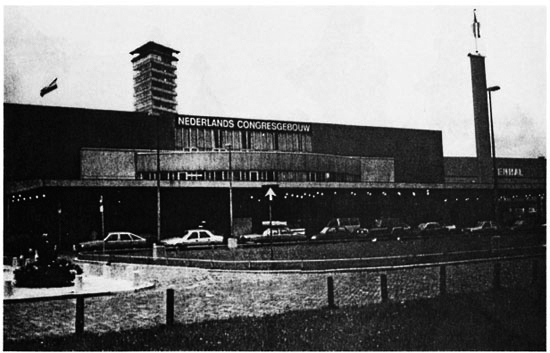
Fig. 38. XIII International Congress, The Hague, 1989.

Fig. 39. Michel F. Lechat.
1993
S. K. Noordeen,25 Chief of the Leprosy Section of the World Health Organization (WHO), reports that 4,600,000 patients have been treated with MDT from the pool of 5,000,000 registered patients. These figures are eloquent about the strategy that has been chosen to obtain the goal of eliminating leprosy as a major public health problem by the year 2000. Elimination as a major public health problem is not eradication of the disease, but is defined as maintaining a prevalence rate (leprosy patients requiring chemotherapy) of less than 1 per 10,000 inhabitants. The leprosy team is not to be dissolved, and we must not give up fighting the disease.
1993
The XIV International Leprosy Congress is held in Orlando (Fig. 40). The President of the International Leprosy Association is Wayne M. Meyers (Fig. 41). WHO believes leprosy can be eliminated as a major health problem by the year 2000.
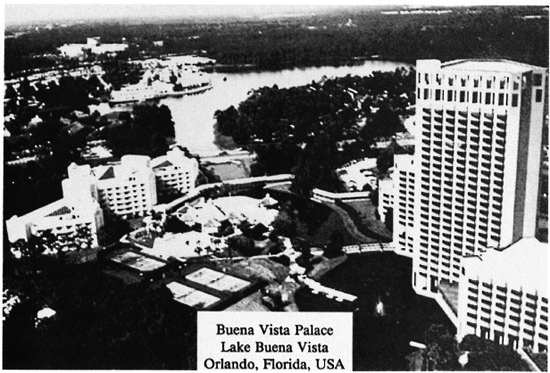
Fig. 40. XIV International Congress, Orlando, 1993.
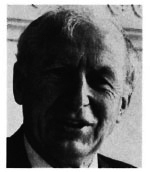
Fig. 41. Wayne M. Meyers.
In summary, the International Leprosy Congresses are a useful and indispensable forum to provide an opinion of peers as to the validity or fault of the results of study and research in leprosy. There is no comparable opportunity for a collective approval or disapproval of the results of one's personal work in the field, especially an opportunity to discuss work that has been published in those journals dealing predominantly with leprosy, the International Journal of Leprosy, Leprosy Review, the Indian Journal of Leprosy, Revista de Leprologia Fontilles, and Acta Leprologica.
- Luis M. Balina, M.D., Ph.D.
Professor of Dermatology
- Raul P. Valdez, M.D., Ph.D.
Professor of Dermatology
University of Salvador and Buenos Aires University
Buenos Aires, Argentina
1. Hansen, G. A. and Loft, C. "Leprosy." Bristol: John Wright, 1895.
2. Danielssen, D. C. and Boeck, C. M. "Traité de la Spedalskhed ou Elephantiasis de Grecs." Bergen: Ed. D. Bayer, 1847.
3. Darier, J. Compte rendu des travaux de la conference internationale de la lèpre. Ann. Dermatol. Syphilogr. 7(1897)1149-1163.
4. Besnier, E. Role etiologiquc de l'hérédité et de la transmisibilité dans la production de la lèpre. Rapport présenté a la Conference de la Lèpre, Berlin, Octobre 1897. Ann. Dermatol. Syphilogr. 7(1897)1164-1172.
5. Fernández, J. M. M. [Comparative study of the Mitsuda and tuberculin reactions.] Rev. Argent. Dermatosifilogr. 23(1939)425-453.
6. Memoria del V Congreso Internacional de la Lepra Celebrado en La Habana del 3-11 de Abril de 1948.
7. Faget, G. H., Pogge, R. C, Johansen, R. A., Dinan, J. F., Prejean, B. M. and Eccles, C. G. Promin treatment of leprosy; progress report. Pub. Health Rep. 58(1943)1729-1741.
8. Memoria del VI Congreso Internacional de Leprologia (Madrid), 1953.
9. Transactions of the VIIth International Congres of Leprology (Tokyo), 1958.
10. Shepard, C. C. The experimental disease that follows the injection of human leprosy bacilli into foot pads of mice. J. Exp. Med. 112(1960)445-454.
11. Memorias del VIII Congreso Internacional de Lepra (Rio de Janeiro), 1963.
12. Ridley, D. S. and Jopling, W. H. A classification of leprosy for research purposes. Int. J. Lepr. 33(1962)111-130.
13. Ridley, D. S. and Jopling, W. H. Classification of leprosy according to immunity; a five-group system. Int. J. Lepr. 34(1966)255-270.
14. Sheskin, J. Thalidomide in the treatment of lepra reactions. Clin. Pharmacol. Ther. 6(1965)303-306.
15. Rees, R. J. W. Recent bactériologie, immunologic and pathologic studies on experimental human leprosy in the mouse foot pad. Int. J. Lepr. 33 Part 2(1965)646-657.
16. Shepard, C. C. Considerations of the application of the foot pad technic in leprosy research. Int. J. Lepr. 33 Part 2(1965)657-661.
17. Storrs, E. E. The nine-banded armadillo; a model for biochemical research. Reprinted from: The Laboratory Animal in Drug Testing; 5th Symposium of the International Committee on Laboratory Animals, Hannover, 19-21 September 1972 . Spiegel, A., ed.Stuttgart: Fischer, 1973.
18. Program of the X International Leprosy Congress (Bergen), 1973.
19. Convit, J., Aranzazu, N., Ulrich, M., Zuniga. M., de Aragon, M. E., Alvarado, J. and Reyes, O. Investigations related to the development of a leprosy vaccine. Int. J. Lepr. 51(1983)531-539.
20. Resolution of the XI International Congress of Leprosy about children who are related to leprosy patients and are still discriminated against.
21. Giménez, M. M. and Waisman, R. Bacteremia en lepra. Rev. Argent. Microbiol, (in press).
22. Waisman, R. Bacilemia e Índice de infección subclinica. Actas Dermatosifilogr. Acad. Espan. Dermatol. 78 Suppl.1(1987).
23. Gimenez, M. M. and Waisman, R. Comentarios sobre la lepra preclínica. Paper which was awarded the Padre Fermin Arnau, Obra de San Lázaro, Academia Nacional de Medicina Prize in 1988.
24. Waisman, R. Estudios de la bacilemia en pacientes de lepra bacteriológicamente negativos y en convivientes sanos. Bioquim. Chaqueña 2 (1991) 21-26, 28.
25. Noordeen, S. K., personal communication, 1993.
Reprint requests to Professor L. M. Balina, Av. Alvear 1890, PB 1129 Buenos Aires, Argentina.